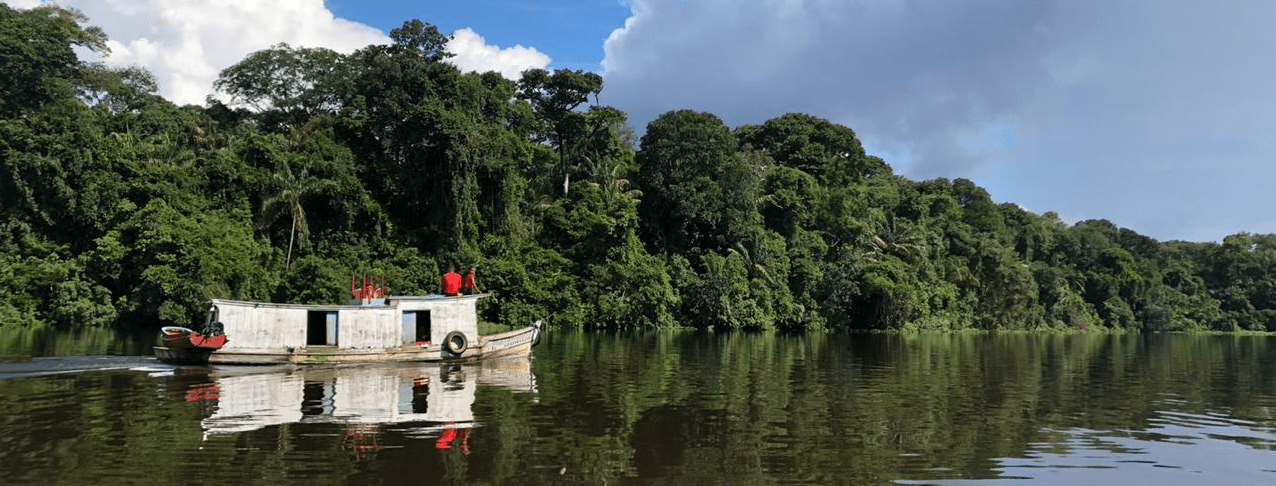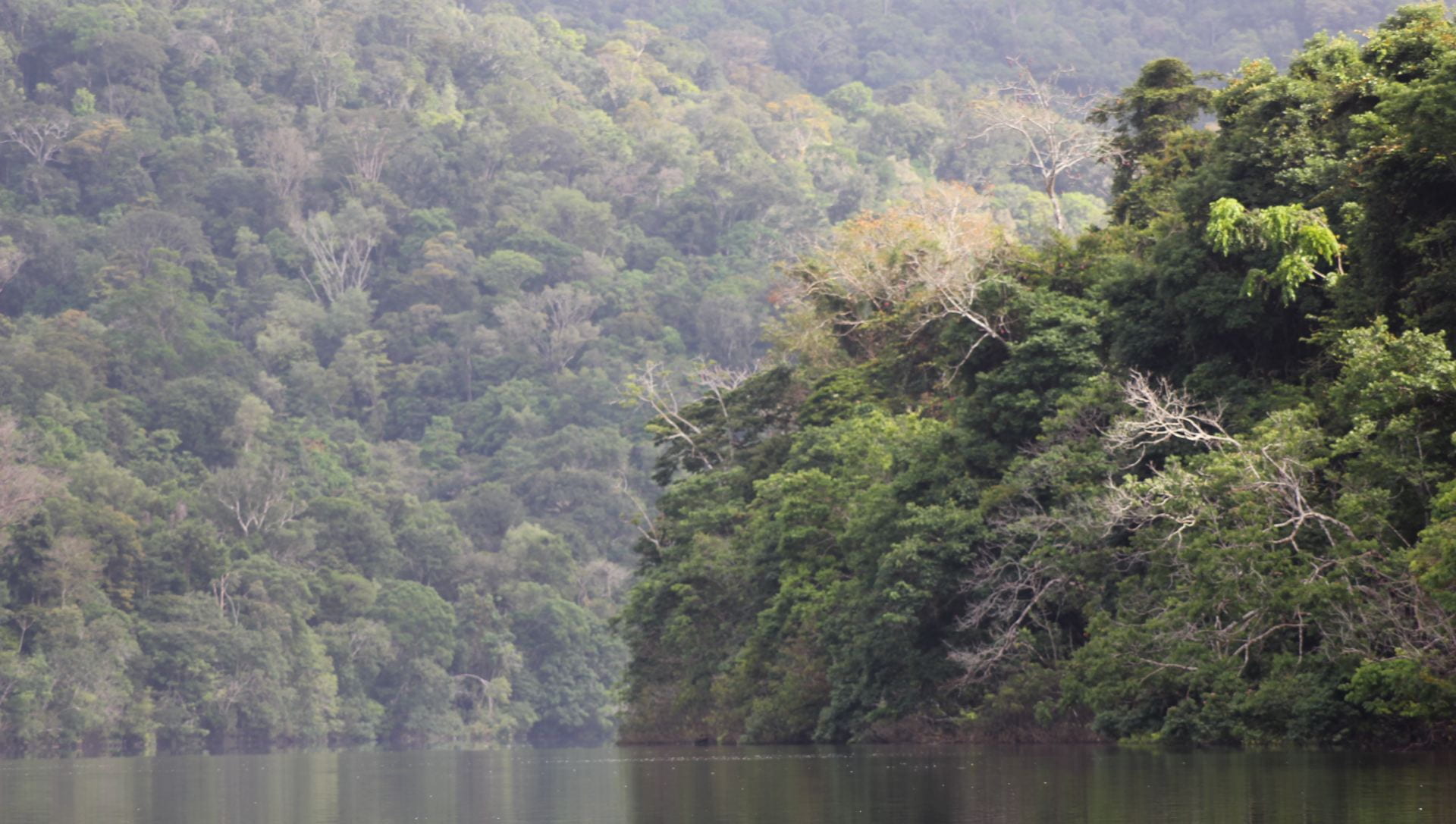
Tree-ring research in the Amazon
The Amazon River is by far the largest river on earth. It is larger than the combined discharge of the next six largest rivers in the world, two of which are tributaries to the Amazon. The biome in the Amazon watershed is referred to as Amazonia and is home to the greatest florescence of life on earth. One tenth of all species on the planet are found in Amazonia, including 3,000 species of freshwater fishes and at least 6,700 species of trees, compared with only 1,000 tree species native to all of North America. Species that are entirely new to science are discovered every year. In fact, scientists estimate that there may actually be 16,000 tree species present in the unexplored Amazon. This means that nearly 10,000 species of trees are still unknown to science in this watershed and many of them only exist on a few acres in these stunningly diverse forests.
Human activity is changing Amazonia. The frequency of extreme drought and record flooding have both increased in the Amazon during the last 40-years, with major environmental and socioeconomic impacts. Because instrumental rainfall and stream flow records are short in the remote Amazon, it is unclear if the recent droughts and floods are part of some naturally recurring climate cycles or if they are due to deforestation or climate change. The University of Arkansas Tree-Ring Laboratory, with funding from the National Science Foundation, is working with colleagues at the Federal University of Lavras and the National Institute for Amazon Research in Brazil, and the Argentinian Institute of Snow Science, Glaciology, and Environmental Science to use tree rings to better understand climate variability and change in Amazonia. The annual growth rings in trees can provide “proxy” or substitute records of rainfall during the centuries before modern meteorologists began measuring precipitation. Small cores are extracted harmlessly from living trees, cross sections are cut from dead logs, and the tree rings can be dated to the exact calendar year when they were formed.

We have discovered tropical hardwood trees in the Rio Paru drainage of the eastern Amazon that live for 200- to 300-years and have distinctive annual growth rings that are highly correlated with rainfall. The Rio Paru watershed is part of a huge area of pristine forests in the eastern Amazon that is nearly the size of California and contains the tallest trees in all of Amazonia. Cedrela odorata trees have been used to develop long tree-ring chronologies and rainfall reconstructions that reveal many drought and wetness extremes, and interesting 30- to 40-year long episodes that were either relatively wet or relatively dry. These “multi-decadal regimes” appear to be natural and may be responsible for some of the increase in drought and flood extremes recently witnessed in the Amazon.
We have also discovered that rainfall and tree growth extremes in the eastern Amazon are correlated with precipitation and tree growth anomalies of opposite sign in mid-latitude North and South America. Consequently, when you have drought and poor tree growth in the Amazon, you also tend to have wetness and abundant tree growth in the southwestern United States, Mexico, and Patagonia. So years of extreme rainfall and forest growth in the eastern Amazon resonate across the entire Western Hemisphere, orchestrated primarily by the El Niño/Southern Oscillation. The new Cedrela chronologies from the Amazon, when compared with the hundreds of tree ring chronologies in temperate North and South America, document this Pan American resonance of climate and ecosystem extremes in the centuries before widespread deforestation or human caused climate change. Because the growth rings of old Cedrela trees help highlight natural precipitation variability in Amazonia they will surely be important to the sustainability of the biome.